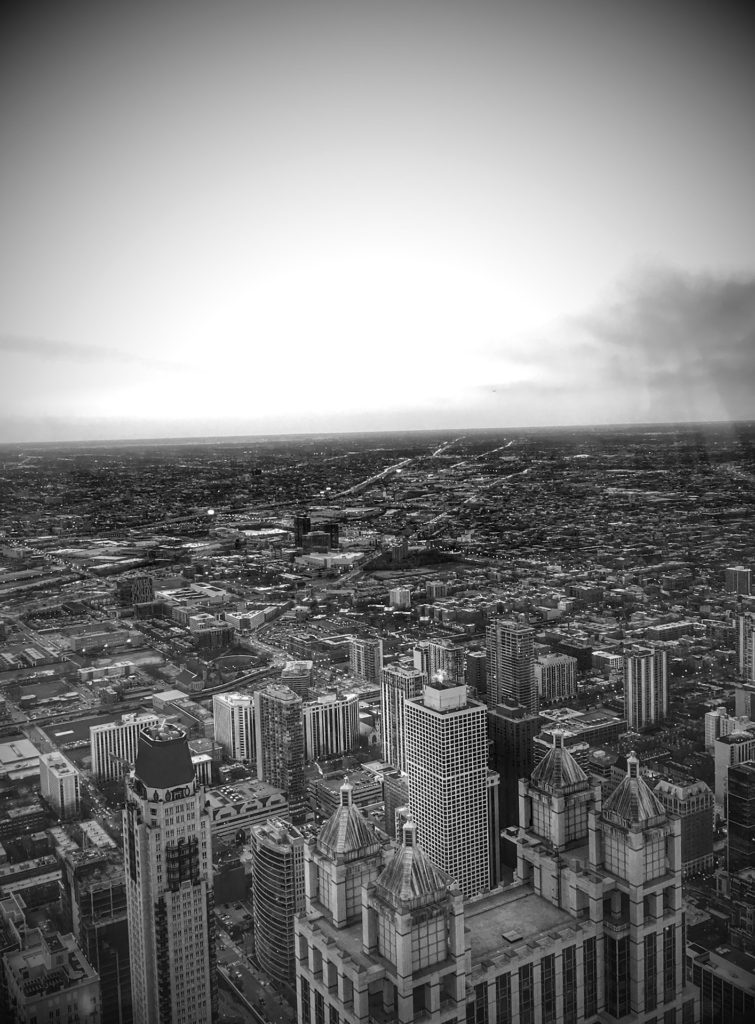In 1919, my Dad was fourteen years old and living with his parents in Chicago, Illinois. He lived with his parents, siblings, and relatives lived in a mixed race neighborhood. He and his siblings attended integrated Wendell Phillips High School with Italian and other classmates. Years ago, his parents migrated from the South to escape racist Jim Crow laws. Now in the North, many Black Americans were beginning to feel the effects of housing restrictions. It began with white rental agents and supported by local municipal authorities.
According to the book, The Negro Pilgrimage in America, by C.L. Lincoln, there were two usual patterns in the establishment of segregated black areas in Northern cities: Either black families began to move into previously all-white areas, or there was what some whites described as an invasion of the neighborhoods by black families. Many of these neighborhoods were low-rent areas, situated close to industrial plants. When the number of black families increased, white families usually moved away.
At the end of WWI, some white Northerners and Southerners had become openly hostile to black people on two major fronts: housing and jobs. Racial tensions were intensified by the discharge of servicemen back to their homes. Competition for opportunities placed black and white people in conflict with each other. Many jobs previously held by white men before the left for the military were held by black men. WWI also intensified the Great Migration. Many black people left the rural South to live in the industrial North to escape poverty and discrimination of Jim Crow laws. By the summer of 1919, approximately half a million Black Americans had resettled in the North. In many cases, northern white people, many of them newly arrived immigrants themselves, were not happy with the new competition. Black people were the last hired and the first fired. A pattern of mysterious bombings were directed at the property of black people. Some white real estate agents who sold property to black families became targets themselves.
Many white people feared that with the return of tens of thousands of black veterans, they would be unwilling to submit to traditional political and social policies in the United States. Many black leaders encouraged these brave veterans to fight for the dignity and respect they earned through their military service. Many black veterans were mistreated and attacked while in uniform.
In the last six months of 1919, more than twenty six race riots occurred in the United States. James Weldon Johnson, the well- known black poet, described the months as “The Red Summer.” The redness was the blood of black and white people that flowed in the streets of American cities. Since 1916, he had been employed as a field secretary at the National Association of Colored People (NAACP). He organized peaceful protests against this violence.
Throughout this terrible summer, hundreds of black men lost their lives over false issues of rape and other allegations. Black males had to live with the constant fear of lynching. Numerous black people fought back. In Chicago and Washington D.C. there were thirty -eight and fifteen deaths respectively, numerous injuries and extensive property damage. A four day riot occurred in Washington, D.C. White mobs attacked black neighborhoods and assaulted random black people on the streets. Off duty white servicemen and veterans led the mobs. The black community fought back. In Norfolk Virginia, a parade celebrating the return of a black troop from Europe turned into a bloody melee. President Woodrow Wilson ordered troops to secure the streets.
The bloodiest and longest race riot happened in Chicago. It began on a hot July day when a young black boy swam in a beach area of Lake Michigan restricted to whites. He was attacked with stones. When he tried to swim away, he drowned. Black and whites rioted for thirteen days. Approximately five hundred and thirty seven people were wounded. More than one thousand mostly black families were homeless. The Illinois National Guard restored order to the city.
The highest number of fatalities happened around Elaine, Arkansas. It is estimated between one hundred to two hundred forty black people and five white people were killed. This event is known as the Elaine Massacre. Black famers were trying to break free of a sharecropping system that minimized their earnings and kept them indebted to the white landowners. During a union meeting of Black tenant farmers, white law enforcement and union members’ gunfire was exchanged. The black citizens were arrested and convicted of planning murders and terrorism against whites.
It is not clear how
many people were killed or injured in the race riots and lynchings of the Red
Summer of 1919. What is clear is that this bloody summer gave Black Americans
the confidence to fight back against the many injustices against black people
in the United States of America.
Francie Mae. October 15, 2021
References
C. Eric Lincoln. November 1967. The Negro Pilgrimage In America. Bantam Pathfinder Books.
Ellen Tucker. “The Elaine Race Massacre.” September 30, 2021. Website. Accessed October 15, 2021.
